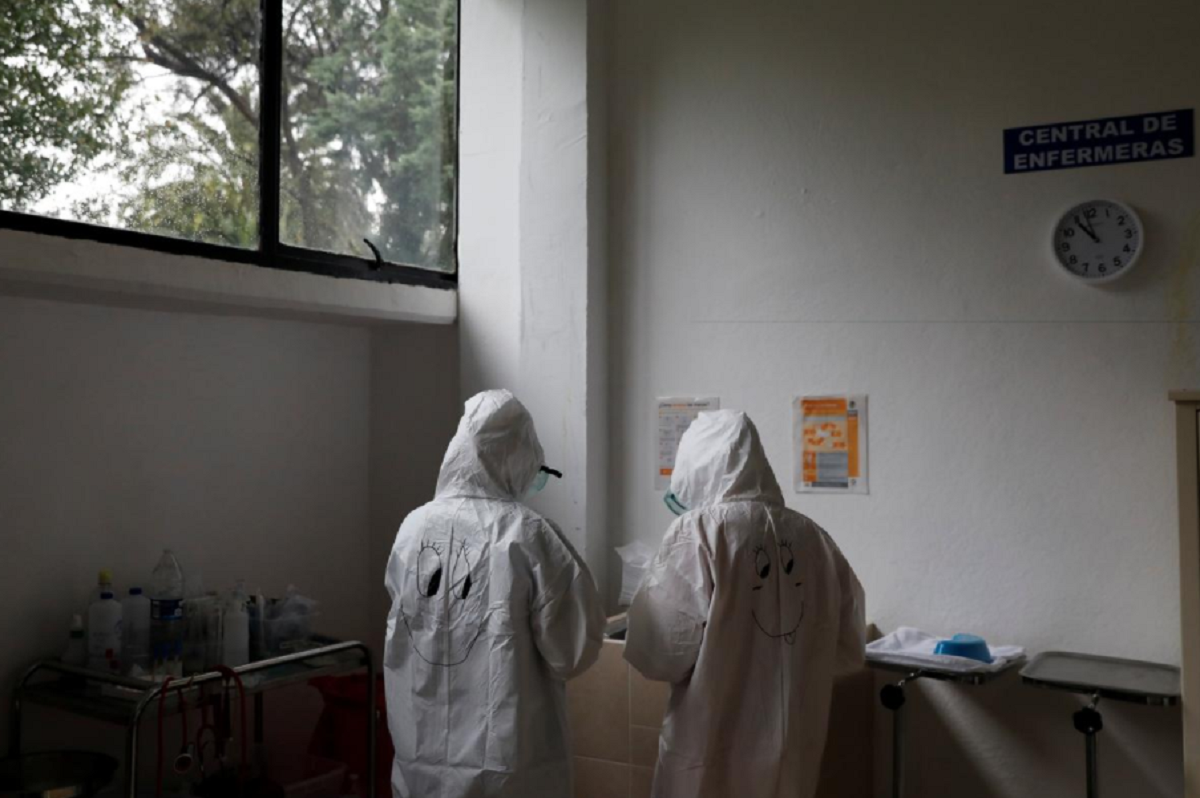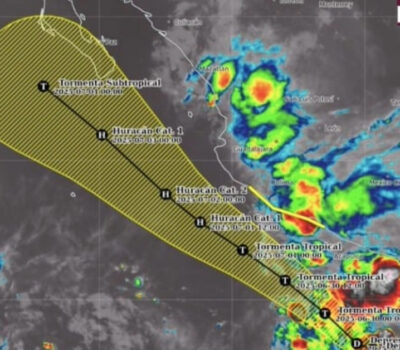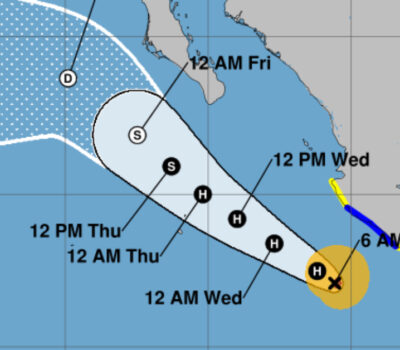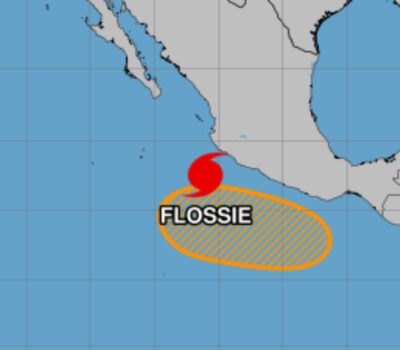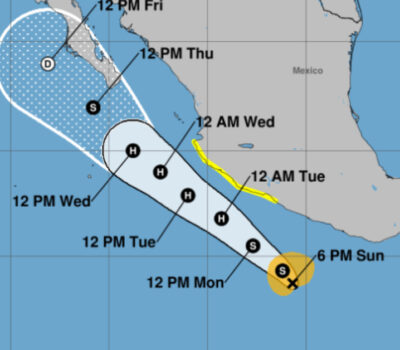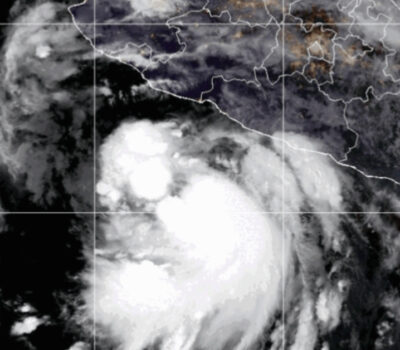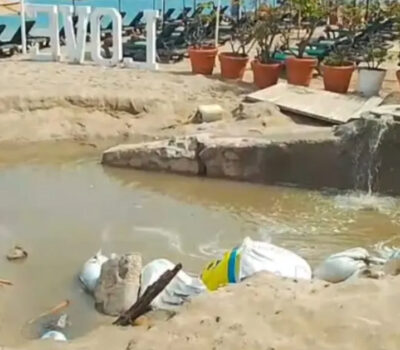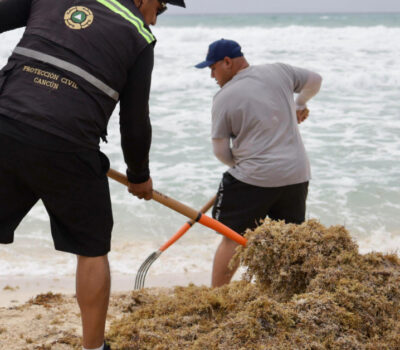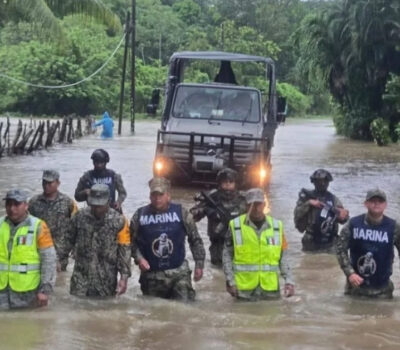Mexico’s health ministry on Friday reported 5,824 new confirmed cases of coronavirus infections and 552 additional fatalities, bringing the total in the country to 585,738 cases and 63,146 deaths.
The government has said the real number of infected people is likely significantly higher than the confirmed cases.
Today marks exactly six months since the first case of COVID-19 was detected in Mexico. On February 28, when half the world was already suffering the ravages of the pandemic, the Mexican Government announced the first case of COVID in the country.
“We already have a confirmed case of coronavirus, we would consider this to be the first case,” an almost unknown Hugo López-Gatell, undersecretary of Health and today the most visible face of the strategy against the coronavirus, said in the morning press conference.
The first official death was announced on March 18, a man with obesity and diabetes. Two common comorbidities in Mexico that, according to the authorities, have triggered the high death toll.
After two months of the pandemic, the country had more than 1,500 deaths, a figure that grew to almost 27,000 deaths at the end of June and that today exceeds 62,500 deaths.
“We must be prepared for a long epidemic,” Hugo López- Gatell has said on countless occasions.
However, this repeated statement has also collided with initial forecasts that, today, seem optimistic and even naive.
At the end of April, López- Gatell estimated that only 6,000 to 8,000 deaths would be recorded from the coronavirus, and in mid-June, he considered that, if public mobility was kept under control, it would not exceed 30,000 deaths.
“It was clear that the death toll was going to be much higher if we only compared ourselves to what was happening at that time in Europe,” said Alejandro Macías, responsible for managing the influenza epidemic in 2009.
Mexico is the third country in the world for deaths in absolute numbers, only behind the United States and Brazil.
Even with this, “since week 29 we have a decrease in the number of registered cases,” López-Gatell said this August 25, in tune with the presidential message that the pandemic is “giving way” and “heading downward”.
Mexico today ranks eighth for confirmed cases, behind the United States, Brazil, India, Russia, South Africa, Peru, and Colombia.
But this lack of testing has opened a sea of doubts: How many people have been infected in Mexico?
For months, media reports have emerged about the under-registration of cases and deaths, partially recognized, because according to the Mexican czar in the fight against the pandemic it is “impossible” to count them all.
This management has also clashed with several state governors and with the media that, according to the Government, have acted in bad faith.
“We are very satisfied because we have not had any case that due to hospital overcrowding we have to have someone outside the hospital,” López- Gatell said in an interview in June.
The official attributed this to the so-called “hospital reconversion,” with which ventilators were purchased and intensive care beds increased from some 3,500 to more than 13,000.
Thanks to this, Mexico currently has 36% occupation of general hospital beds and 31% of beds for critically ill patients. However, this is a national average, there are hospitals in Mexico have reached compacity and can no longer accept more patients.
Mexico has arranged its entire diplomatic team to prevent the country from being left behind in accessing a future vaccine.
President López Obrador, in March, participated for the first time in a virtual meeting of the G20 to ask that no country monopolize the vaccine, and his foreign minister, Marcelo Ebrard, has intensified contacts with the main international researches.
“Mexico’s position has been appropriate, one of leadership,” said Macías, who celebrated that “the anti-vaccine phenomenon is very rare” in the country.
This leadership translates into the agreement that Mexico and Argentina signed with the Carlos Slim Foundation to produce and distribute in Latin America the vaccine from the University of Oxford and the pharmaceutical company AstraZeneca, which could be tested by the end of the year.
In addition, human tests will be carried out in Mexican territory of the French Sanofi-Pasteur vaccine and the Russian Sputnik V, as well as clinical studies of the Italian vaccine from the Lazzaro Spallanzani Institute.
But Macías also stressed that the Mexican government “is betting” on projects for four national vaccines in the initial phases.
However, the effectiveness of vaccines is still as uncertain as how they will be distributed, and when they will finally reach the population.
The only certainty is that the pandemic will continue to spread in Mexico until a vaccine is made available to a large percentage of the population.
Mexico’s health ministry on Friday reported 5,824 new confirmed cases of coronavirus infections and 552 additional fatalities, bringing the total in the . . .

